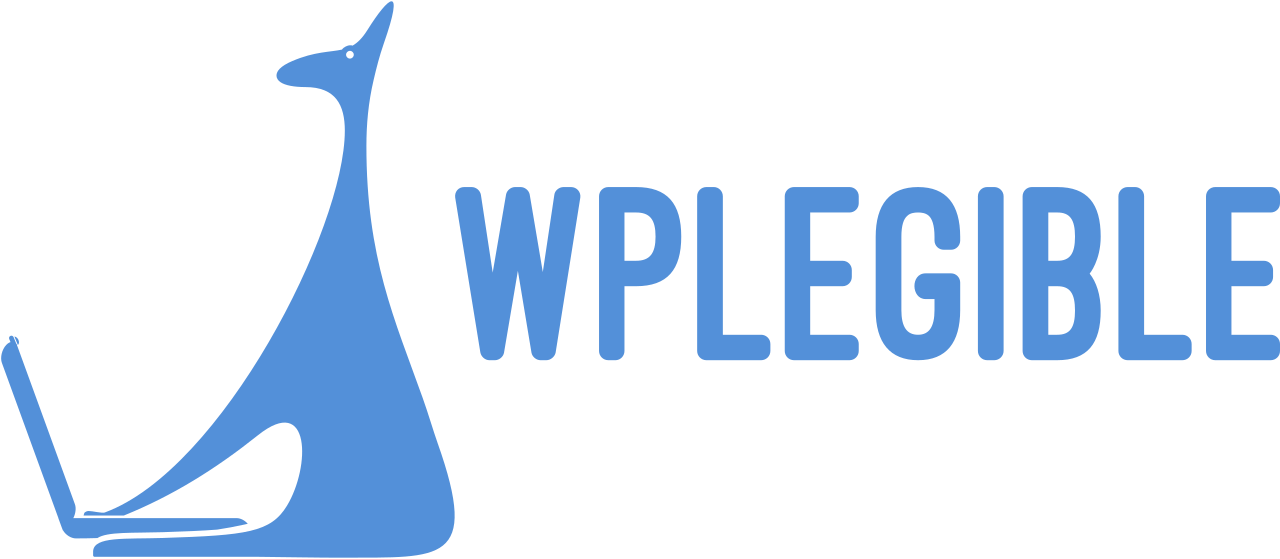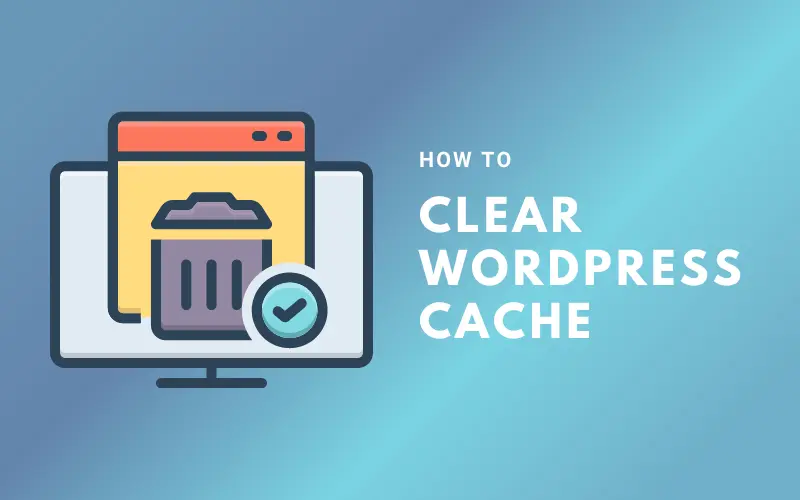If you’re considering building a website for your business, you may be wondering which platform to use – WordPress vs Webflow? Both are popular website builders offering various features, but they differ in several key areas.
In this article, we’ll compare WordPress vs Webflow in terms of ease of use, design features, SEO capabilities, security, and pricing, so you can decide which one is right for your website.
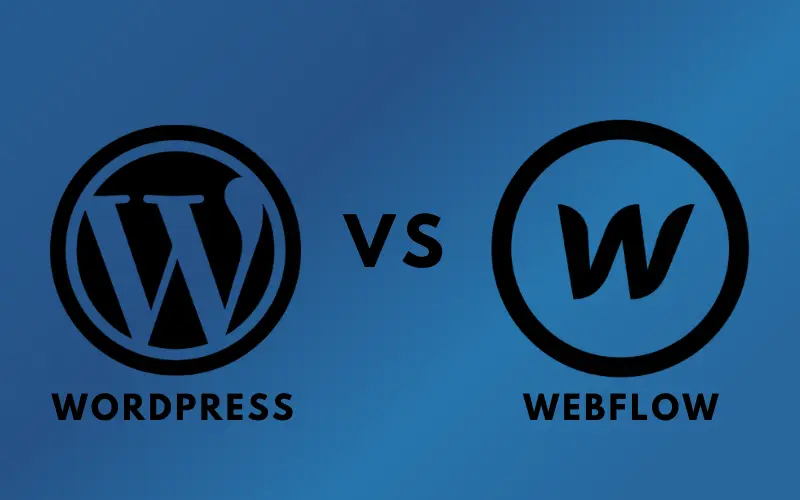
WordPress vs Webflow
First, we’ll look at ease of use and design features. WordPress is a powerful content management system that allows users to create custom designs and layouts using themes and plugins. However, it has a steeper learning curve than Webflow, which offers a drag-and-drop interface that allows users to create complex designs visually.
In terms of design features, both platforms offer a range of customization options, but Webflow has a more modern and intuitive interface, making it a great choice for designers and businesses that want to create visually stunning websites without needing to write any code.
WordPress vs Webflow: Ease of Use
Considering the ease of use for WordPress vs Webflow, it’s essential to consider factors like the user interface and learning curve. While both platforms serve the purpose of creating and managing websites, they are tailored to different skill levels and user needs.
WordPress
User Interface: WordPress has a user-friendly interface that enables even beginners to create and manage websites. Its admin dashboard is simple and easy to navigate, with clearly labeled sections for posts, pages, media, and settings. However, some users may find the default block editor, Gutenberg, slightly challenging to work with initially.

Learning Curve: While WordPress is designed to be user-friendly, beginners may face a steeper learning curve due to the extensive customization options and the need to learn how to work with the Gutenberg editor. However, there are numerous tutorials, forums, and resources available online to help users familiarize themselves with the platform.
Webflow
User Interface: Webflow’s interface is designed to be visually appealing and intuitive. It features a drag-and-drop visual editor that allows users to design websites without writing any code. The editor provides real-time feedback, enabling users to see the effects of their changes instantly.
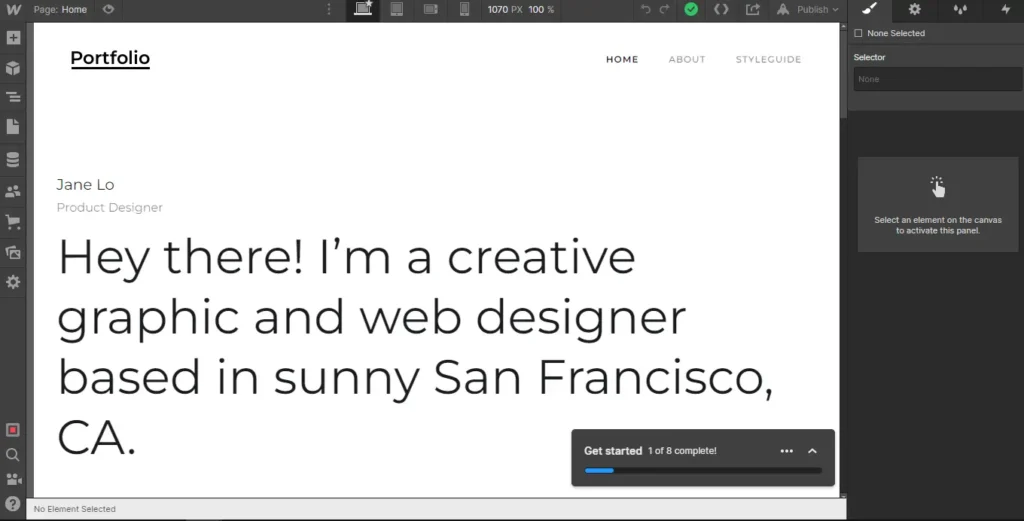
Learning Curve: Webflow’s learning curve is relatively moderate, especially for users with some design or coding experience. However, for complete beginners, it might take some time to become familiar with the platform’s features and design tools. Webflow offers a range of tutorials, documentation, and support resources to help users learn the platform more quickly.
The Lowdown
WordPress is suitable for beginners and non-technical users seeking a variety of themes and plugins to customize their websites without coding knowledge. It’s easy to set up and maintain, with a large support community.
Webflow is ideal for design-savvy individuals who want full control over their website’s visual aspects. It provides a code-free editing experience and greater design flexibility but may require a more in-depth understanding of design concepts.
WordPress vs Webflow: Design Features
Regarding design features, WordPress vs Webflow offer unique options tailored to different user preferences and levels of expertise. Key factors to consider include design flexibility, customization options, and responsiveness.
WordPress
Design Flexibility: WordPress offers a wide range of pre-built themes, both free and premium, that cater to various industries and website types. These themes often include multiple layout options, color schemes, and font choices, allowing users to create a visually appealing website without the need for extensive design knowledge.
Customization Options: Users can customize WordPress themes using pre-defined blocks with the built-in block editor, Gutenberg. Numerous plugins are also available to add custom design elements or enhance existing features. However, this level of customization may not offer the same precise control as Webflow.
Responsiveness: Most modern WordPress themes are built with responsive design principles, ensuring that websites look and perform well on various devices and screen sizes. However, the level of responsiveness may vary between themes, and some additional tweaking may be required to achieve the desired result.
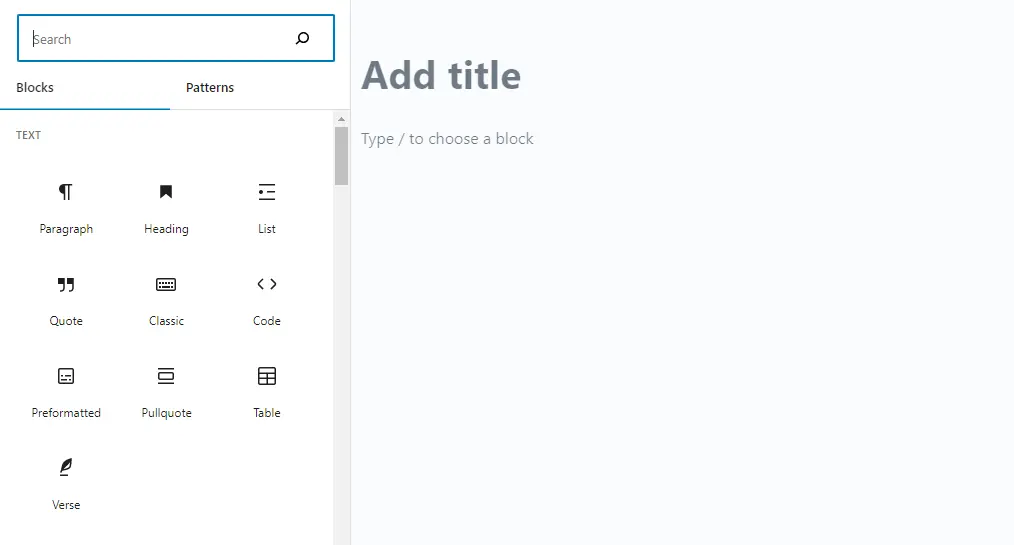
Webflow
Design Flexibility: Webflow offers a visual, drag-and-drop editor that allows users to create unique, pixel-perfect designs from scratch. Users have complete control over design elements like layout, typography, and color schemes, making it possible to create fully customized designs without writing any code.
Customization Options: Webflow’s design tools offer advanced features such as CSS grid and flexbox, which make it simple to create complex layouts and achieve precise design control. Moreover, Webflow enables users with coding experience to implement even more advanced design features by supporting custom code.
Responsiveness: Webflow incorporates responsive design principles at its core. Users can easily create responsive designs using the platform’s built-in responsive breakpoints and visual tools, ensuring that websites look great and function optimally on all devices and screen sizes.
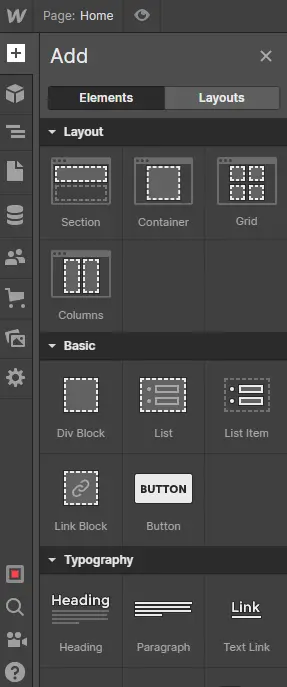
The Lowdown
WordPress vs Webflow offer unique design features for different user needs and skill levels. WordPress is ideal for those who prefer pre-built themes and high customization with plugins and Gutenberg. The platform is user-friendly and has a large support community.
Webflow is suitable for users who desire full control over their website’s design with a code-free editing experience and advanced design tools like CSS grid and flexbox. It also supports custom code for advanced features. Webflow enables users to create visually stunning websites without requiring coding skills.
WordPress vs Webflow: SEO capabilities
Solid SEO foundations are offered by both WordPress vs Webflow, which cater to different user needs and skill levels when it comes to SEO capabilities. When comparing the two platforms, it’s essential to consider factors such as built-in SEO features, customization options, and available plugins or extensions.
WordPress
Built-in SEO Features: WordPress comes with basic SEO features out of the box, such as creating SEO-friendly URLs, setting up proper title tags and headings, and generating XML sitemaps. This ensures that websites built on WordPress have a strong foundation for search engine optimization.
Customization Options: WordPress users can further optimize their websites by manually adding meta descriptions, alt text for images, and customizing their site structure to improve SEO. However, this may require some knowledge of SEO best practices.
Plugins and Extensions: One of WordPress’s main strengths in SEO is the vast array of plugins available. Popular plugins like Yoast SEO, All in One SEO, and Rank Math provide comprehensive SEO tools, making it easy for users to optimize their content, create sitemaps, manage redirects, and analyze their on-page SEO. These plugins often include suggestions and automated features, simplifying the SEO process for beginners.

Webflow
Built-in SEO Features: Webflow also includes various built-in SEO features, such as SEO-friendly URLs, automatic XML sitemap generation, and proper title tag and heading structure. This ensures that websites created with Webflow have a strong SEO foundation from the start.
Customization Options: Webflow provides users with more granular control over their website’s SEO settings. Users can easily edit meta titles, descriptions, and alt text for images directly within the visual editor. Also, Webflow allows users to set custom canonical tags, manage 301 redirects, and control indexing settings, providing a comprehensive set of SEO customization options.
Plugins and Extensions: While Webflow doesn’t have the same extensive library of SEO plugins as WordPress, its built-in SEO tools and customization options provide a solid foundation for optimizing a website. For more advanced SEO needs, users can integrate third-party tools like Google Analytics and Google Search Console to analyze further and optimize their site’s performance.
The Lowdown
WordPress vs Webflow offer strong SEO capabilities that cater to different user needs and skill levels. WordPress is ideal for users who want to easily optimize their website using its extensive library of plugins and extensions, including features like meta descriptions, title tags, and XML sitemap generation.
Webflow is well-suited for users who demand granular control over their website’s SEO settings and prefer a more integrated approach. Its features include custom meta descriptions, title tags, URL slugs, automatic XML sitemap generation, and the ability to create dynamic meta tags.
WordPress vs Webflow: Security
Comparing the security of WordPress vs Webflow requires an examination of several factors, including platform vulnerabilities, security features, and available plugins or extensions. While both platforms have their own approaches to security, they cater to different user needs and skill levels.
WordPress
Platform Vulnerabilities: As an open-source platform, WordPress relies on a vast community of developers to maintain and update its core, themes, and plugins. This can result in potential security vulnerabilities if updates are not installed promptly or if users install poorly coded or unsupported themes and plugins. The popularity of WordPress also makes it a more frequent target for hackers and malicious attacks.
Security Features: WordPress provides basic security features, such as password protection for the admin area, user roles, and permissions. However, users are largely responsible for ensuring their website’s security by following best practices, such as regularly updating the core, themes, and plugins, and using strong passwords.
Plugins and Extensions: To enhance the security of WordPress websites, users can install various security plugins, such as Wordfence, Sucuri, and iThemes Security. These plugins provide additional protection against various threats, such as brute force attacks, malware, and spam. They also offer security features like firewall protection, security audits, and regular scanning.
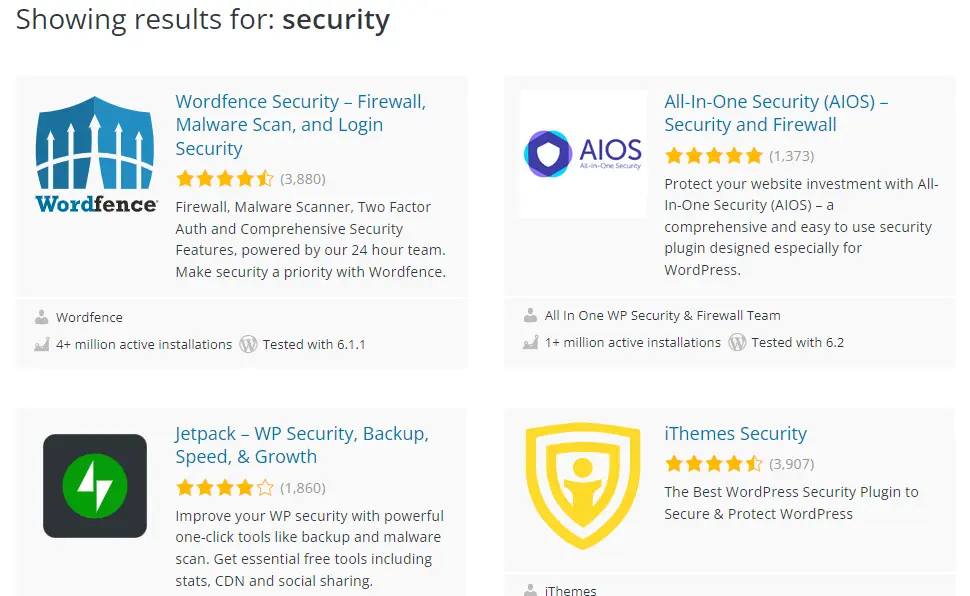
Webflow
Platform Vulnerabilities: Webflow is a closed, proprietary platform with a dedicated team responsible for maintaining and updating its infrastructure. This generally results in fewer security vulnerabilities than open-source platforms like WordPress. It should also be noted, Webflow’s lower market share makes it a less frequent target for hackers and malicious attacks.
Security Features: Webflow offers several built-in security features, such as SSL certificates, automatic backups, and server maintenance. The platform manages all security updates and patches, ensuring the underlying infrastructure remains secure without user intervention.
Plugins and Extensions: Webflow does not have an extensive library of plugins or extensions like WordPress. However, its built-in security features and managed infrastructure reduce the need for additional security measures. Users can integrate third-party tools and services for more advanced security needs, such as Google reCAPTCHA for spam protection.
The Lowdown
WordPress vs Webflow have distinct approaches to security. WordPress allows users to customize their security measures through plugins and extensions. However, users must actively maintain their website’s security, which can leave sites vulnerable to security issues.
In contrast, Webflow offers a more managed and integrated approach to security, with built-in security features and fewer vulnerabilities. This makes it an excellent option for users who prefer a hands-off approach to security. Those who want more control over their website’s security measures may find WordPress a better fit.
WordPress vs Webflow: Pricing
It’s essential to consider factors like the cost of the CMS and hosting when comparing the pricing of WordPress vs Webflow. Both platforms cater to different user needs and budgets and have different pricing structures.
WordPress
CMS Cost: WordPress is an open-source platform, which means the core CMS software is free to download, use, and modify. Users can build and manage their websites without any cost related to the CMS itself.
Hosting: Since WordPress is a self-hosted platform, users are responsible for choosing a hosting provider and paying for a hosting plan. Hosting costs can vary widely depending on the provider, and the plan selected, with prices ranging from a few dollars a month to hundreds of dollars for managed WordPress hosting or dedicated servers.
Webflow
CMS Cost: Webflow is a proprietary platform that operates on a subscription-based model, offering several pricing plans depending on the user’s needs. The cost of the Webflow CMS is included in these subscription plans.
Hosting: Webflow’s pricing plans include hosting, which means users do not need to worry about finding and paying for a separate hosting provider. The platform offers a free plan with basic features and limited hosting. Premium plans with more advanced features and hosting options start at $14/month for Basic hosting (billed annually). Other plans include $23/per month for CMS hosting and $39/per month for Business solutions (billed annually).
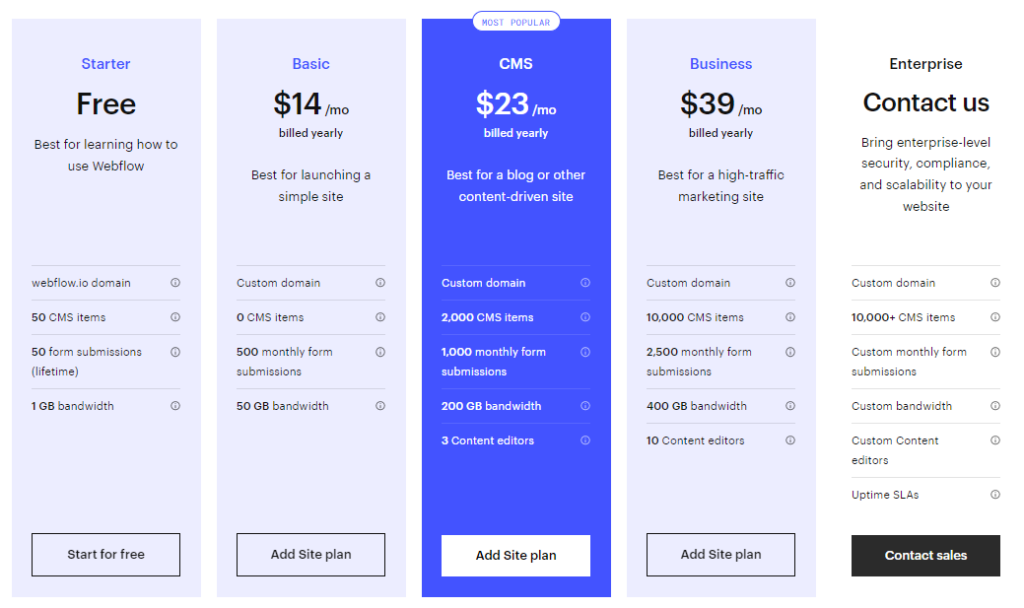
The Lowdown
WordPress vs Webflow have different pricing models. WordPress is free and open-source, meaning users can download and use the CMS software without charge. However, users must pay for hosting separately, with prices ranging from a few dollars a month to hundreds for advanced hosting options. In contrast, Webflow operates on a subscription-based model with pricing plans that include both the CMS and hosting costs.
Users who want a more hands-off approach to pricing may prefer Webflow’s all-inclusive plans. Conversely, users wanting more control over hosting options and costs may opt for WordPress.
WordPress vs Webflow: Conclusion
WordPress vs Webflow cater to different user needs and skill levels. WordPress is easy to use and ideal for beginners seeking customization options, while Webflow is suitable for design-savvy individuals who want full control over their website’s visual aspects. Both platforms offer solid SEO foundations and distinct features.
WordPress provides flexibility to customize security measures through plugins, while Webflow offers a more managed approach to security. The pricing structure of WordPress is free for the CMS, but users pay for hosting separately, while Webflow’s pricing plans include both the CMS and hosting costs. Consider your website’s specific needs and your own skill level when deciding which platform to use.
